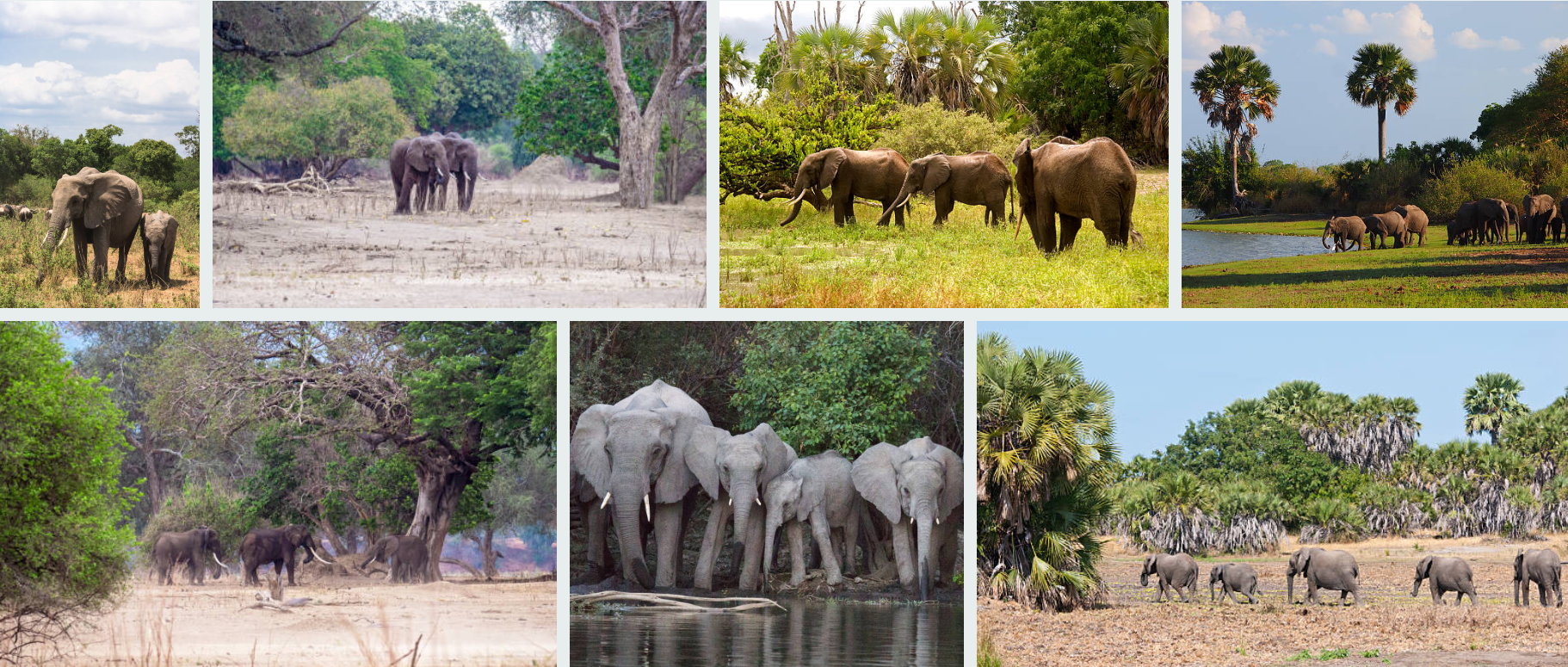Is the Selous Game Reserve Worth Visiting in 2026?
Visit Selous Now, Tanzania is renowned for its breathtaking wildlife destinations, and the Selous Game Reserve stands out as one of Africa’s most remarkable yet underrated conservation areas. As travelers plan their 2026 adventures, many may wonder: Is the Selous Game Reserve still worth visiting?
The answer is a resounding yes—but with some important considerations. Covering over 50,000 square kilometers, Selous is one of the largest game reserves in the world, offering unparalleled wilderness experiences. However, factors like conservation efforts, accessibility, tourism trends, and environmental changes will influence whether it remains a top destination in 2026.
This article explores the Selous Game Reserve’s unique attractions, current challenges, and future prospects to help you decide if it should be on your 2026 travel itinerary.
1. The Allure of the Visit Selous Now Game Reserve
A. Unmatched Wilderness and Biodiversity
Unlike Tanzania’s more famous parks—such as the Serengeti or Ngorongoro Crater—Selous remains relatively untouched by mass tourism. It was designated a UNESCO World Heritage Site in 1982 due to its extraordinary biodiversity, including:
-
Large elephant populations (though numbers have declined due to poaching)
-
Rare African wild dogs (among the highest densities in Africa)
-
Lions, leopards, buffaloes, and hippos thriving in diverse ecosystems
-
Over 440 bird species, making it a paradise for birdwatchers
The Rufiji River, the reserve’s lifeline, supports a thriving ecosystem where boat safaris offer unique wildlife viewing opportunities—something rare in other Tanzanian parks.
B. Exclusive and Intimate Safari Experience
While the Serengeti can get crowded during peak seasons, Selous provides a more secluded experience. With fewer lodges and restricted vehicle numbers, visitors enjoy:
-
Private game drives without competing with dozens of other safari trucks
-
Walking safaris and boat safaris, adding variety beyond traditional jeep tours
-
Luxury tented camps and eco-lodges that blend into the wilderness
For travelers seeking solitude in nature, Selous is an unbeatable choice.
C. Unique Activities Beyond Game Drives
Selous offers experiences that set it apart from other reserves:
-
Boat Safaris on the Rufiji River – Glide past hippos, crocodiles, and elephants drinking at the water’s edge.
-
Walking Safaris with Armed Guides – Experience the bush on foot, learning about tracks, plants, and smaller wildlife.
-
Fly Camping Adventures – Sleep under the stars in mobile camps for a true wilderness immersion.
These activities make Selous a dynamic destination beyond the standard safari.

2. Challenges Facing during Visit Selous Now in 2026
Despite its appeal, Selous faces significant challenges that could impact its status as a must-visit destination in 2026.
A. Poaching and Wildlife Decline
Selous was once home to Africa’s largest elephant population, but rampant poaching reduced numbers from over 100,000 in the 1970s to around 15,000 today. While anti-poaching efforts have improved, illegal hunting remains a threat.
-
Will wildlife numbers recover by 2026? Conservation initiatives are underway, but progress is slow.
-
Is it still worth visiting? Yes, but visitors should support ethical tourism operators that contribute to conservation.
B. Infrastructure and Accessibility
Selous is more remote than northern parks, requiring:
-
Longer travel times (usually a flight from Dar es Salaam or a drive from Morogoro)
-
Limited road networks, meaning some areas are only accessible by light aircraft
While this remoteness preserves its wild character, it may deter some travelers. However, improved airstrips and lodge developments could enhance accessibility by 2026.
C. The Stiegler’s Gorge Dam Controversy
The Tanzanian government’s hydropower dam project within Selous has raised environmental concerns. While construction has faced delays, its potential impacts include:
-
Disruption of the Rufiji River’s ecosystem
-
Habitat loss for wildlife
-
Changes to water-dependent safari activities
If completed by 2026, the dam could alter Selous’ landscape, making early visits advisable.
3. Why Visit Selous Now, Should Be on Your 2026 Travel List
Despite challenges, Selous remains a bucket-list destination for several reasons:
A. A Rare, Untamed Wilderness
Few places on Earth offer such vast, unspoiled landscapes. With sustainable tourism practices, Selous can maintain its wild charm.
B. Conservation-Focused Tourism
Visiting Selous supports:
-
Anti-poaching patrols funded by park fees
-
Community projects that reduce reliance on illegal hunting
-
Research on endangered species like African wild dogs
By choosing responsible operators, travelers contribute directly to conservation.
C. Potential for Exclusive Deals
With fewer visitors than northern parks, Selous often offers:
-
Lower prices compared to the Serengeti
-
Last-minute safari discounts
-
Private guide availability
In 2026, as global travel rebounds, Selous could remain a hidden gem with better value.
4. How to Plan the Perfect Visit in Selous Now Safari in 2026
To make the most of your trip, consider these tips:
A. Best Time to Visit
-
Dry Season (June–October): Optimal for wildlife viewing as animals gather near water sources.
-
Wet Season (November–May): Lush landscapes and birdwatching opportunities, though some roads may be impassable.
B. Choosing the Right Safari Operator
-
Look for eco-certified lodges that support conservation.
-
Opt for small-group or private safaris for a more intimate experience.
C. Combining Selous with Other Destinations
-
Nearby: Ruaha National Park for a more rugged safari.
-
Coastal Extension: Zanzibar for relaxation after your safari.
Is Selous Worth Visiting in 2026?
Absolutely. The Selous Game Reserve remains one of Africa’s last great wilderness areas, offering unmatched biodiversity, exclusive safari experiences, and a chance to support vital conservation efforts. While challenges like poaching and infrastructure exist, responsible tourism can help preserve Selous for future generations.
If you crave adventure beyond the crowded northern circuits, Selous in 2026 promises raw, unfiltered beauty—a true African safari like no other.









